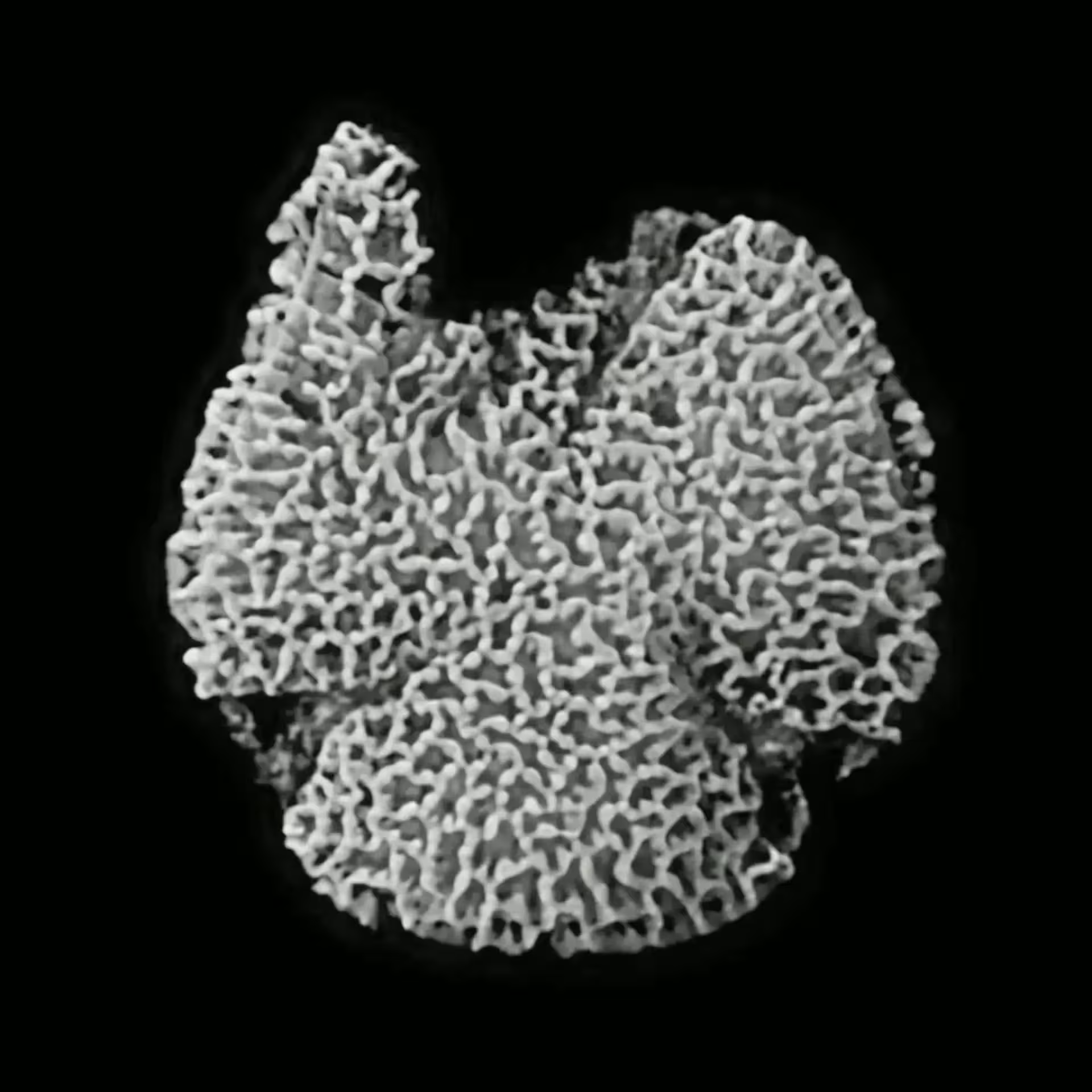4 Minutes
Uncovering the Early History of Flowering Plants
A groundbreaking discovery of 123-million-year-old pollen grains in Portugal is rewriting the evolutionary timeline for flowering plants—also known as angiosperms. Previously, scientists believed that these vibrantly diverse plants appeared later in Earth's history. However, this new evidence suggests that flowers began to spread across the planet much earlier than once thought, offering new insights into a mystery that Charles Darwin famously called his “abominable mystery.”
The Significance of Ancient Pollen Fossils
In paleobotany, pollen grains serve as crucial fossil records. Researchers recently identified microscopic pollen grains, each just 0.02 millimeters wide, embedded in coastal sediment layers. Dated at 123 million years old, these represent not only the earliest direct evidence of flowering plants but also extend their known origin by over two million years compared to prior findings. This places angiosperms among Earth's earliest significant plant groups, whose descendants now provide the vivid colors and variety seen in our modern gardens.
A Brief Evolutionary Context
Flowering plants (angiosperms) are now the world's most widespread terrestrial plant group, so much so that the term “plant” often conjures images of flowering species for the general public. Yet, other plant groups persisted alongside angiosperms. Conifers—non-flowering seed plants—continue to dominate many northern forests and include Earth’s tallest trees. Meanwhile, non-flowering plants like mosses and ferns lingered, thriving in ecological “shadows” cast by the rise of flowers.
Despite their current dominance, angiosperms were absent for roughly three-quarters of plant evolutionary history on land. It took millions of years following their emergence for flowering plants to diversify and firmly take root, literally and figuratively, in most terrestrial ecosystems.

Methodologies: Illuminating the Past with Modern Science
The breakthrough came from analyzing sediment samples from the region that is now Portugal. Using confocal laser scanning microscopy, scientists detected pollen grains within rock formations formed during the Early Cretaceous. Under specific lighting, these grains display characteristic fluorescence that allowed researchers to isolate and analyze them with precision.
A closer look revealed each grain possessed three distinct furrows on its outer wall—a hallmark of tricolpate pollen. Today, tricolpate pollen is found in more than 70% of living flowering plant species, primarily within the group known as eudicots. Isotopic analysis of marine shells—buried in the same sedimentary layer—provided high-accuracy dating for the fossil pollen, confirming their extraordinary antiquity.
Corroborating and Extending the Fossil Record
Prior to this discovery, the oldest known tricolpate pollen was found in 1990 on the Isle of Wight, UK, and dated to approximately 120.4 million years ago. The Portuguese pollen grains not only predate this record but also closely resemble their Isle of Wight counterparts, underscoring a continuity in early angiosperm evolution. Additional pollen finds elsewhere suggest several ancient lineages but remain challenging to date precisely.
Implications and Unresolved Questions
While this discovery shifts the timeline, it remains uncertain whether Portugal was the original birthplace of flowering plants. The possibility exists that angiosperms appeared even earlier and in different regions. The earliest producers of tricolpate pollen were eudicots—angiosperms that sprout with two embryonic leaves—a group that would come to shape global biodiversity.
Professor Ulrich Heimhofer from Leibniz University Hannover remarked, “The emergence of flowering plants dramatically transformed global biodiversity.” Lead author Dr. Julia Gröndstedt, from the University of Bonn, added, “But precisely when and where this transformation began remains a mystery—what Darwin himself termed his ‘abominable mystery.’”
Darwin’s “Abominable Mystery” Revisited
Darwin was perplexed by the apparent rapid rise and diversification of flowering plants, given their delicate and perishable structures and their sudden appearance in the fossil record. Current research indicates that the evolutionary transition was not as abrupt as fossils alone once suggested. Instead, sedimentary layers spanning millions of years document a gradual and complex process, which was simply less visible before advances in microfossil analysis.
Challenging Previous Theories on Geographic Origins
Interestingly, during the Early Cretaceous, present-day Portugal was located at mid-latitudes, not in tropical zones. This fact challenges longstanding theories that angiosperms originated exclusively in equatorial regions, though researchers note more evidence is needed before drawing definitive conclusions about their birthplace.
Conclusion
The discovery of 123-million-year-old pollen grains reshapes our understanding of the early evolution of flowering plants, highlighting their ancient origins and gradual rise to ecological dominance. While many questions about their earliest evolution remain, this finding narrows the timeline and clarifies a chapter in planetary history long shrouded in mystery. Continued research and new technologies promise to further unravel the story of how flowers came to color the Earth.


Comments